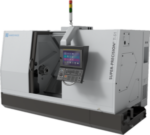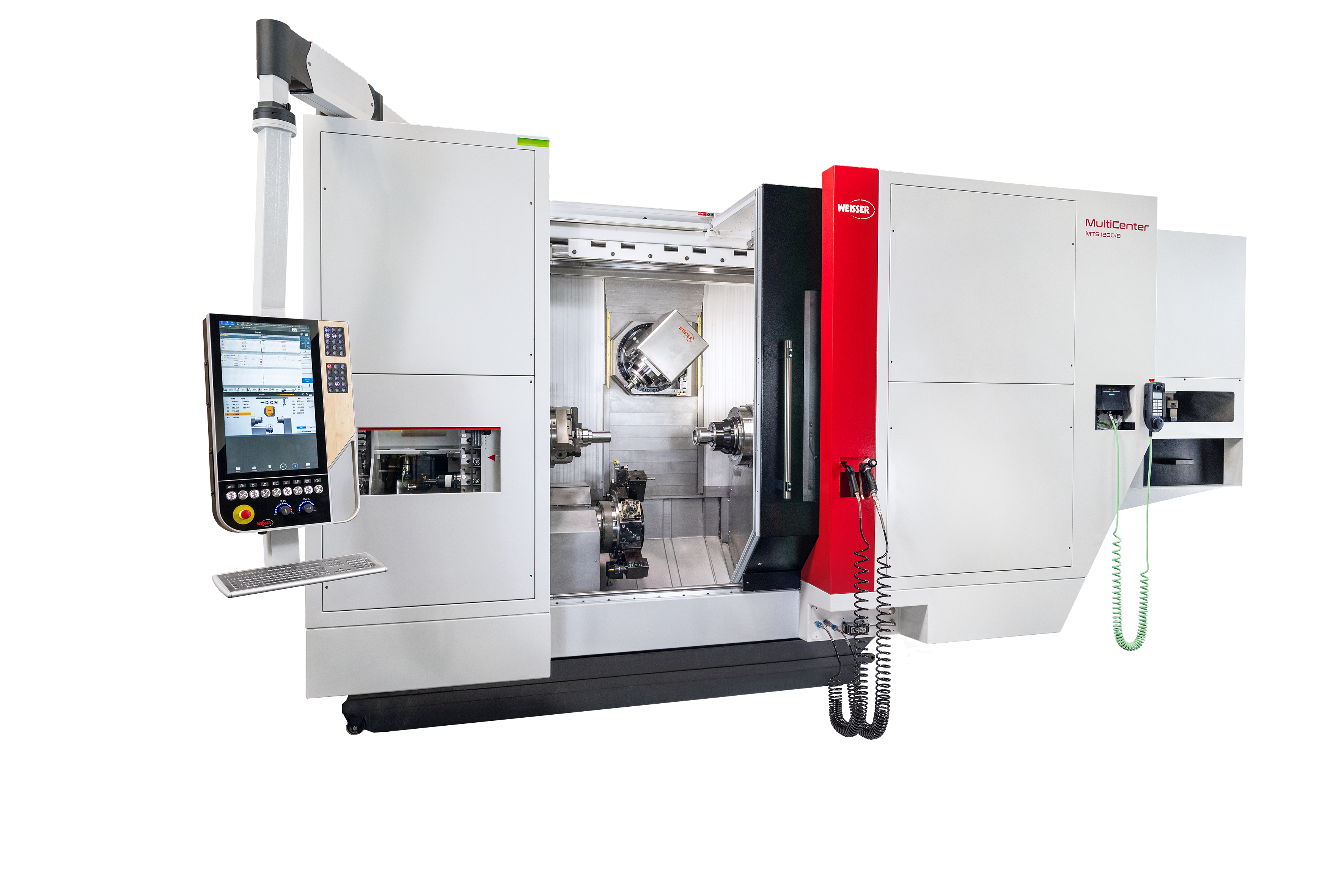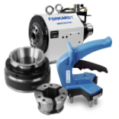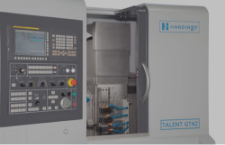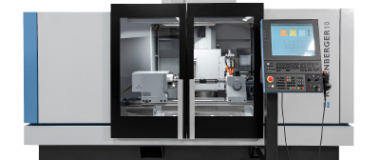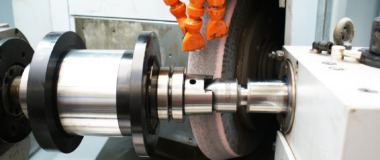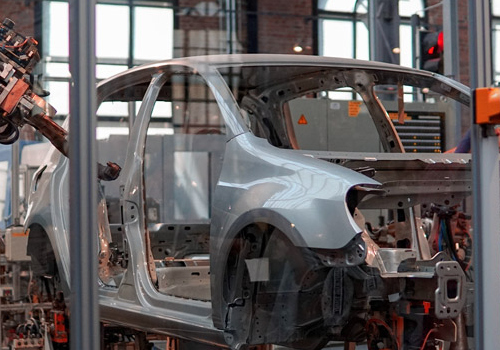Lightweighting is a hot topic in manufacturing these days. Lightweighting is the process of designing products that reduce the amount of materials used or use lighter materials, to reduce the weight of the product. The trend is driving cost savings and performance gains. Lightweighting is also a sustainability initiative because it saves on energy and material usage.
What industries require lightweight materials?
To meet the evolving demands of increasingly electrified vehicle platforms and ever rising demand for increased fuel efficiency, manufacturers and suppliers in the automotive, aerospace, maritime and rail industries are racing to design and produce lighter, more efficient vehicles and components. Lightweighting is a top priority for manufacturers today as they move to a mix of lighter, more advanced materials for structural parts.
What materials are most commonly used?
The materials used in lightweighting are physically lighter, but feature durability that is similar, or better than their earlier counterparts. Metals are trending to aluminum over steel or to materials like titanium for aerospace applications. Plastics are moving to thinner, stronger composites.
According to ASSEMBLY magazine’s 2018 State of the Profession survey, interest in lightweight materials has increased 11 percentage points in the past year. Almost one-half (48 percent) of respondents claim they are using materials other than traditional steel. Aluminum is popular with more than three-fourths (82 percent) of those assemblers. Other lightweight materials in demand include plastics (53 percent), carbon-fiber composites (29 percent), high-strength steel (29 percent) and magnesium (11 percent).
Lightweighting Machining Challenges
The manufacturing challenge these newer, flexible thin walled parts can easily distort under the pressure of normal machining and have a higher risk of bending or deforming in the clamping process.
Forkardt, a Hardinge Company, recently acquired the SOFT-TOUCH® Chucking System for Distortion Free Workholding from General Manufacturing Systems, a supplier of delicate workholding products in Saginaw, Michigan.
With this acquisition, Forkardt now provides a leading technology solution for thin walled, lightweight materials, where part deformation is a concern. The unique SOFT-TOUCH® chuck design allows clamp fingers to conform to a part’s natural, as processed contour. Coupled with regulated clamping pressure, the resulting force dynamics actually give rigidity to fragile and delicate parts.
The SOFT-TOUCH® chuck design is unique in its simplicity. A durable urethane bladder, located within the chuck body, inflates via hydraulics or pneumatics thru the machine spindle. When actuated, the bladder expands, flexing specially designed lightweight clamp fingers, which contact and conform to the workpiece contour. A slight draw- down feature locates the part against a workstop. The high-density placement of these fingers along a clamping surface allows the chuck to become homogeneous with the workpiece. The result is increased part rigidity and resistance to deflection and distortion from cutting force loads and driving torque requirements.
The SOFT-TOUCH® chucking system can be dedicated to single component workholding or can be designed to accommodate a family of parts. Interchangeable modules can be supplied for quick-change and multiple component machining concepts.

